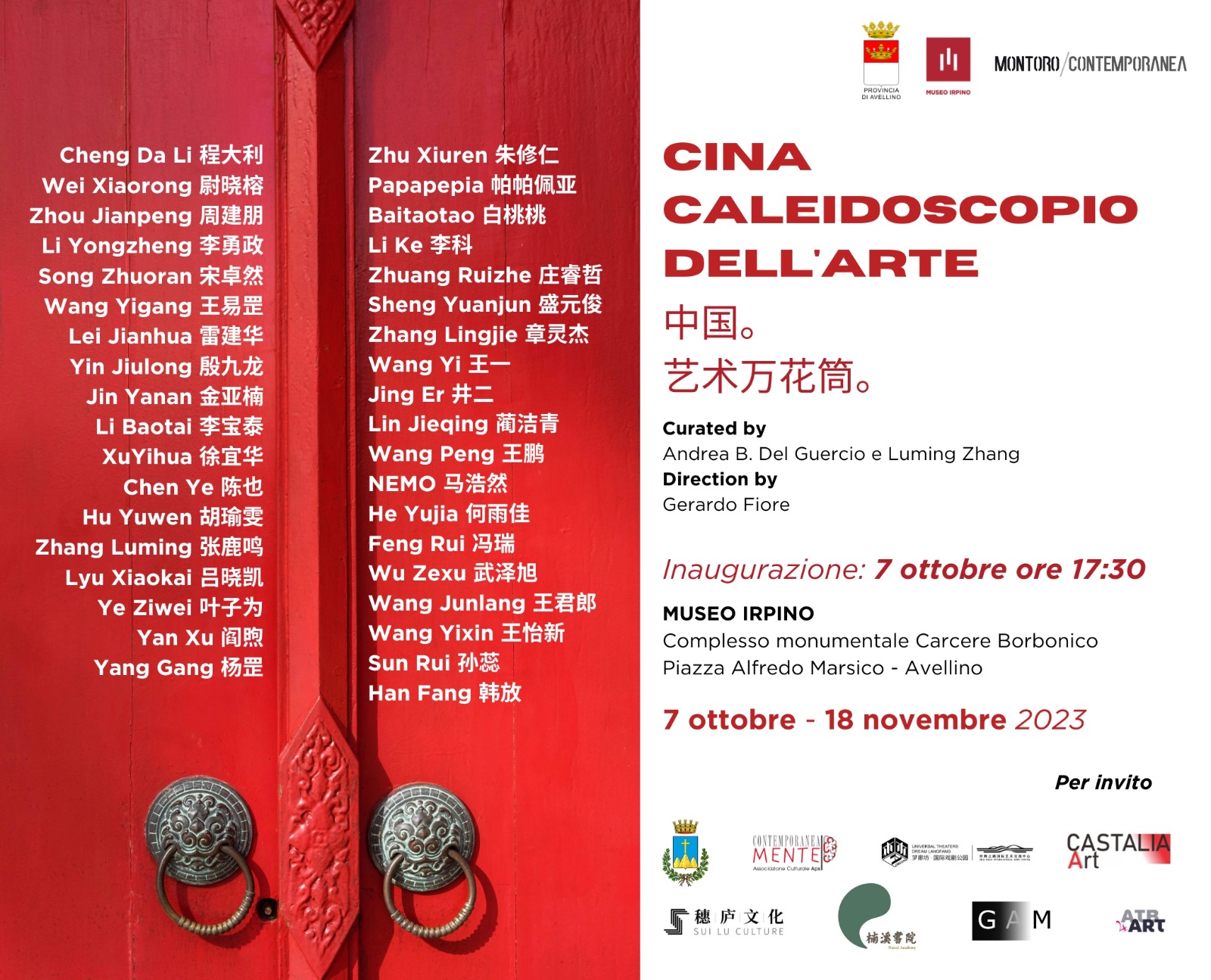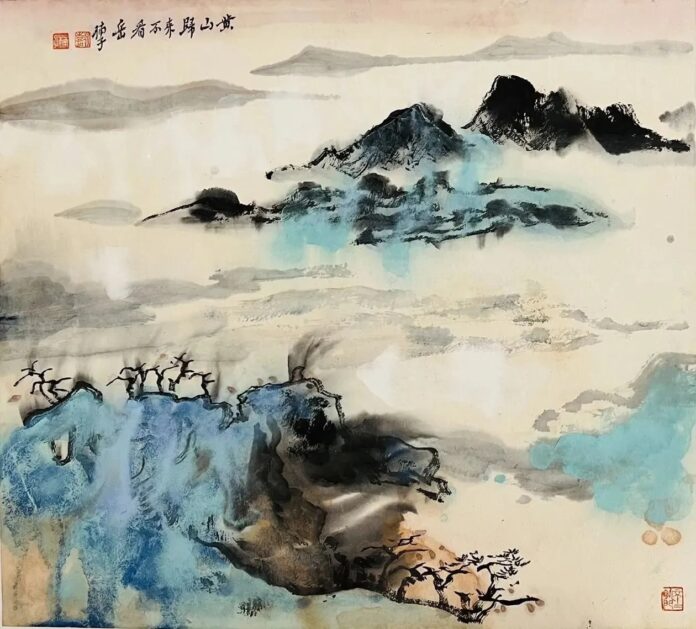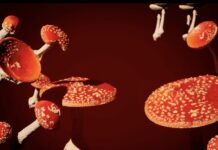The particularity of the “CHINA. KALEIDOSCOPE OF ART” exhibition project (curators Andrea B del Guercio and Luming Zhang) is closely linked to the critical desire to broaden the concept of ‘communication’, to extend the documentary action, thus providing the Irpino Museum of Avellino with a high number of works-fragments -documents, entirely coming from China, through the direct participation of each individual artist. The show lasts through November 18th.
Over the last decade, China has assumed a central role in the international contemporary art system. The rapid growth of the economy and therefore of the political weight in the global system has corresponded to the parallel affirmation of the interdisciplinary cultural dimension, supported by widespread diffusion, both internal and external. Artistic culture has seen its centrality confirmed thanks to the activity of the great Academies of Fine Arts, to which was added in rapid succession the high number of new Museums, both public and private, and the three International Biennials – Beijing, Shanghai and Chengdu; even the fabric of the Art Galleries presents a diffusion capable of documenting all generations and aesthetic lines and every new trend; Art Fairs and Auction Houses based in Beijing, Shanghai, Guangzhou and Hong Kong compete in the financial investment sector with Western ones, becoming the main hub in the Asian and Pacific area. Alongside the presence of a very high number of owners of large listed companies, we observe the impact and potential development of the internal market with a further growth in collecting among the new bourgeois classes, the result of increasingly distributed wealth.
In recent years I have followed the kaleidoscopic complexity of the artistic heritage in China, and thanks to the always precious collaboration of Luming Zhang, co-curator of this Project, I have confronted with all the age groups, generational and linguistic, present in the large metropolises as well as in the extensive agricultural areas, discovering how this richness must be represented as a principle of method; transversely cross the different cultures of art and meet the authors in the places of elaboration, thanks to teaching in the classrooms of the Academy in Hangzhou and in Shenyang at the Ateliers, in the Artist Residencies (Nanxi Academy) and in the Galleries (Sui Lu Culture in Hangzhou) , represented the process of my stays in China up to the most recent curatorial collaboration with the direction of the Chengdu Biennial, which is still ongoing. Along this complex path of knowledge and comparison I have verified how the current expressive heritage has characterized itself and has taken on, compared to that first season of the 1980s/2000s, its own identity; a status resulting from a process of internal self-renewal, obtained through a matured independence and distance from the canonical languages of Western art, but also by preserving, developing and re-elaborating traditional heritage and techniques, witnesses of a new complexity of values. In particular, we observe how in every single artist the expressive originality arises from the comparison between and from the unprecedented combination between the external and internal heritage, between the relationship with the actuality of visual languages and the personal cultural heritage, specific to one’s territory, of the personal relationship with the social, political and cultural dimension.

The dual presence, the culture of the past and contemporary sensitivity, force us to affirm the extension of an exhibition project by dividing it into three independent Sections.
The first is dedicated to the masters of the Traditional Techniques of Chinese Painting, with China ink at the center and the constant use of paper, marked by the subjects of Landscape and Figure; an expressive area that may appear ‘circumscribed’, therefore impenetrable to external influences, but which in reality reveals, through the same ‘repetition’, extraordinary solutions of individual independence, the result of the permanent richness of an ancient philosophical-spiritual culture.
In the second the different languages of contemporaneity are present with a Collection that includes painting and photography, installation and cinematography, sculpture and design; a true ‘expressive continent’ capable of multiplying those aesthetic solutions and an analytical-design system within which the psychological dimension of the author and the attention-reaction in the sphere of ethical thought are recognised.
The third section is marked by the presence of the ‘new generations’ of art with an ‘impossible’ collection, absolutely interdisciplinary and meta-linguistic, experimental and traditional at the same time, certainly ‘risky’, but only in this way capable of testifying to its extraordinary vitality of the present.
Andrea B. Del Guercio, former teacher at the Academy of Fine Arts of Brera (Milan), is a member of the Working Committee for Artistic Education and Communication CNSPCA Ministry of Culture and Tourism of the PRC Beijing, China.
Read more: Oriente e occidente, a proposito della Biennale di Chengdu








